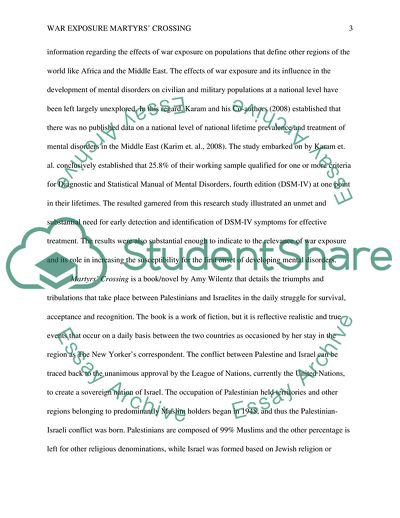Cite this document
(War Exposure Martyrs Crossing Book Report/Review Example | Topics and Well Written Essays - 3500 words, n.d.)
War Exposure Martyrs Crossing Book Report/Review Example | Topics and Well Written Essays - 3500 words. https://studentshare.org/psychology/1823677-case-study
War Exposure Martyrs Crossing Book Report/Review Example | Topics and Well Written Essays - 3500 words. https://studentshare.org/psychology/1823677-case-study
(War Exposure Martyrs Crossing Book Report/Review Example | Topics and Well Written Essays - 3500 Words)
War Exposure Martyrs Crossing Book Report/Review Example | Topics and Well Written Essays - 3500 Words. https://studentshare.org/psychology/1823677-case-study.
War Exposure Martyrs Crossing Book Report/Review Example | Topics and Well Written Essays - 3500 Words. https://studentshare.org/psychology/1823677-case-study.
“War Exposure Martyrs Crossing Book Report/Review Example | Topics and Well Written Essays - 3500 Words”. https://studentshare.org/psychology/1823677-case-study.


